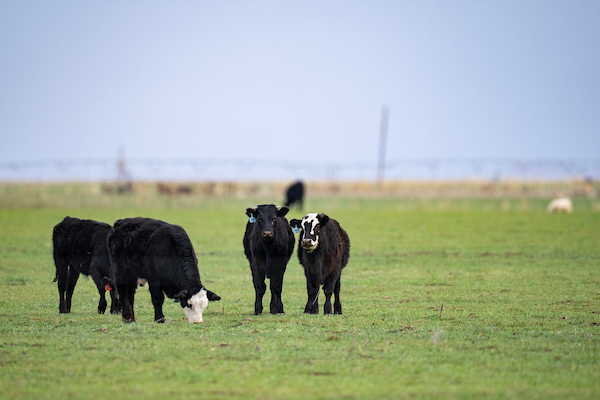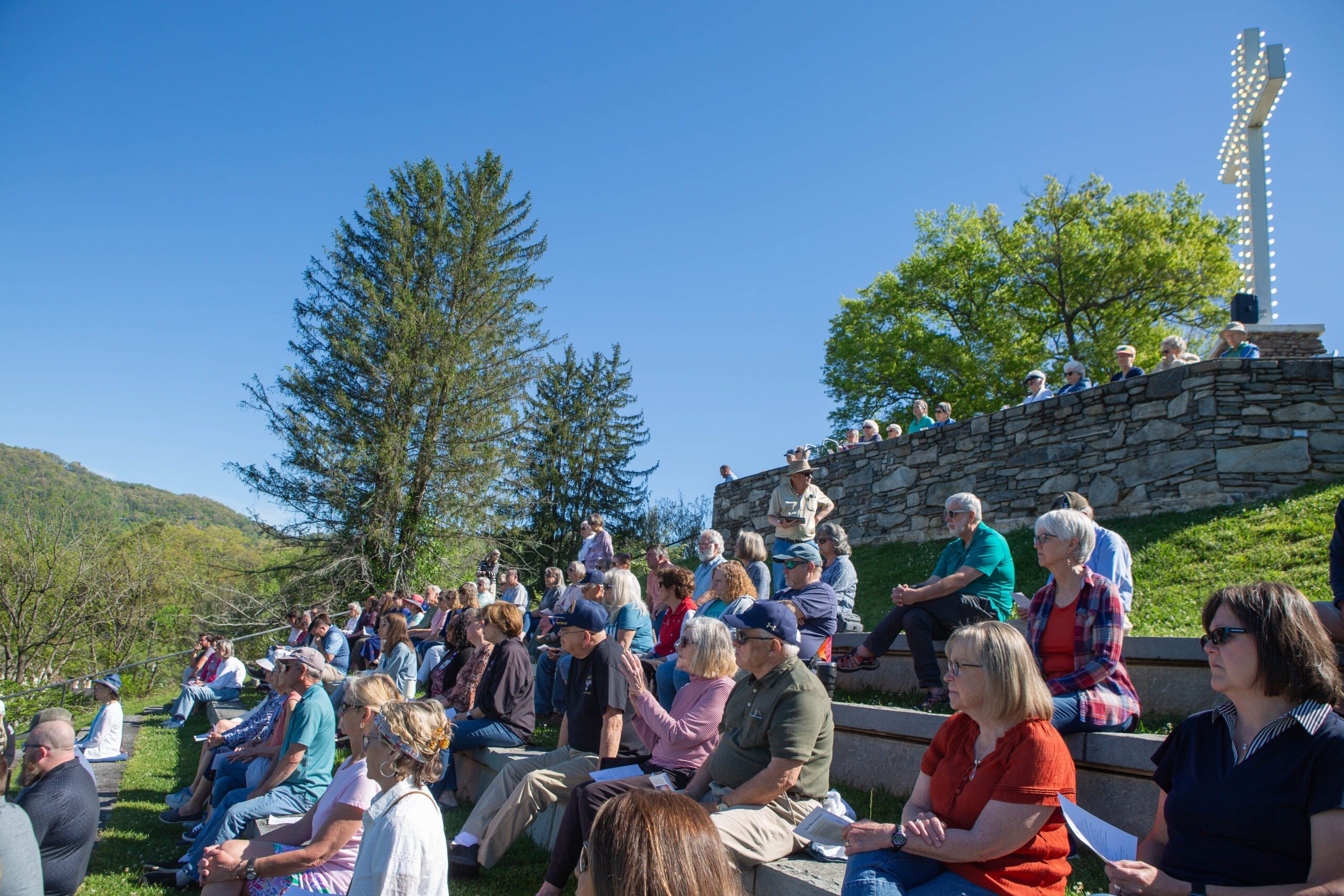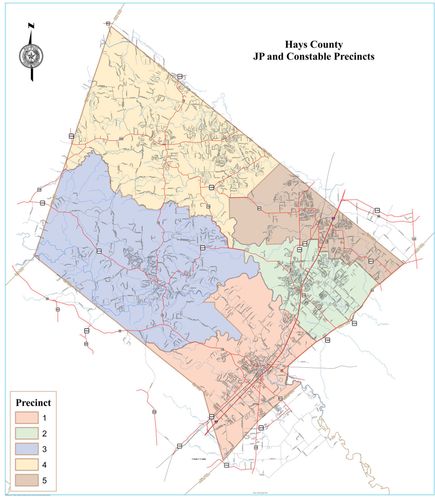Report on the Proposed Repeal of the Roadless Rule in California National Forests and Its Implications for Sustainable Development Goals
Introduction
The Trump administration has proposed repealing the two-decade-old “roadless rule,” which prohibits logging and road construction in undeveloped parts of national forests. This repeal would affect more than 4 million acres of protected land within California, impacting diverse ecosystems ranging from dense coastal forests in the north to alpine conifer forests in the Sierra Nevada and brush expanses in Southern California.
Background and Current Status
- The roadless rule, established during the Clinton administration, currently protects over 58 million acres of national forests nationwide, including 4.4 million acres in California.
- The U.S. Secretary of Agriculture, Brooke Rollins, announced plans to rescind the rule to facilitate fire prevention and timber production.
- The Department of Agriculture has not yet detailed the process or timeline for rescinding the rule.
Environmental and Ecological Considerations
- Roadless areas provide critical habitat for over 200 threatened or endangered species, including owls, salmon, and frogs, and protect vital watersheds.
- Experts are divided on whether allowing road construction and timber harvesting will effectively reduce wildfire risks. While roads can serve as fire breaks and aid firefighting efforts, they also increase human access, which correlates with higher wildfire ignitions.
- Timber harvesting may not reduce fire severity as it can encourage the growth of more flammable fuels.
Stakeholder Perspectives
- Government and Administration: The administration claims that rescinding the rule will provide local forest managers with greater flexibility to reduce wildfire risks, particularly in high-risk areas.
- Conservationists: Oppose the repeal, warning it will degrade forests, increase wildfire risks, harm species and watersheds, and primarily benefit timber companies.
- Tribal Leaders: The Karuk Tribe emphasizes the need for sustainable management and tribal input, highlighting the importance of ecological priorities alongside economic opportunities.
- Fire Protection Officials: Some fire protection experts argue that current access and firefighting methods are sufficient without building new roads.
- Timber Industry: Supports the repeal, viewing it as a step toward restoring forest management flexibility and economic opportunity.
- California State Officials: Are currently reviewing the implications and have not issued definitive statements.
Implications for Sustainable Development Goals (SDGs)
- SDG 13: Climate Action – Forests play a crucial role in carbon sequestration. The repeal risks increasing carbon emissions through potential forest degradation and increased wildfire frequency.
- SDG 15: Life on Land – Protecting biodiversity and ecosystems is essential. Roadless areas are habitats for endangered species; their protection aligns with conserving terrestrial ecosystems.
- SDG 6: Clean Water and Sanitation – Forests safeguard watersheds that provide clean drinking water. Logging and road construction may threaten watershed health.
- SDG 11: Sustainable Cities and Communities – Wildfire management affects community safety. The balance between forest access and wildfire risk is critical for protecting human settlements.
- SDG 8: Decent Work and Economic Growth – Timber industry expansion may create jobs and economic opportunities but must be balanced with environmental stewardship.
- SDG 17: Partnerships for the Goals – The importance of collaboration with Indigenous tribes and local communities is emphasized for sustainable forest management.
Challenges and Considerations
- The repeal process involves lengthy regulatory procedures, including public comment periods.
- Scientific research and funding for wildfire and forest management have been reduced, limiting expert input and evidence-based decision-making.
- Studies indicate that roads can increase wildfire ignition risks, complicating assumptions about fire prevention benefits.
- There is concern about potential environmental degradation if logging is expanded without adequate ecological safeguards.
- Economic instability in the timber industry due to wildfires, tariffs, and market conditions poses additional challenges.
Conclusion
The proposed repeal of the roadless rule in California’s national forests presents complex trade-offs between wildfire management, ecological conservation, economic interests, and community safety. Aligning forest management policies with the Sustainable Development Goals requires careful consideration of environmental protection, climate action, biodiversity conservation, and inclusive governance involving tribal and local stakeholders. Ongoing evaluation and transparent, science-based approaches will be essential to ensure sustainable outcomes.
1. Sustainable Development Goals (SDGs) Addressed or Connected
- SDG 13: Climate Action
- The article discusses wildfire prevention and forest management, which are directly related to combating climate change and its impacts.
- SDG 15: Life on Land
- Protection of forests, biodiversity, endangered species habitats, and watersheds are central themes in the article.
- SDG 6: Clean Water and Sanitation
- The article highlights the importance of forests in protecting vital watersheds that provide clean drinking water.
- SDG 12: Responsible Consumption and Production
- Discussion on sustainable timber production and forest resource management relates to sustainable consumption and production patterns.
- SDG 11: Sustainable Cities and Communities
- Wildfire prevention and protecting communities from wildfire risks are relevant to making human settlements safe and resilient.
2. Specific Targets Under Those SDGs Identified
- SDG 13: Climate Action
- Target 13.1: Strengthen resilience and adaptive capacity to climate-related hazards and natural disasters in all countries.
- SDG 15: Life on Land
- Target 15.1: Ensure the conservation, restoration and sustainable use of terrestrial and inland freshwater ecosystems and their services.
- Target 15.4: Ensure the conservation of mountain ecosystems, including their biodiversity, to enhance their capacity to provide benefits.
- Target 15.5: Take urgent and significant action to reduce the degradation of natural habitats, halt the loss of biodiversity.
- SDG 6: Clean Water and Sanitation
- Target 6.6: Protect and restore water-related ecosystems, including mountains, forests, wetlands, rivers, aquifers and lakes.
- SDG 12: Responsible Consumption and Production
- Target 12.2: By 2030, achieve the sustainable management and efficient use of natural resources.
- SDG 11: Sustainable Cities and Communities
- Target 11.5: Significantly reduce the number of deaths and the number of people affected by disasters, including water-related disasters.
3. Indicators Mentioned or Implied to Measure Progress
- Indicator for SDG 13.1
- Number of deaths, missing persons and directly affected persons attributed to disasters per 100,000 population.
- Area of forest land affected by wildfires or managed for fire prevention.
- Indicators for SDG 15.1, 15.4, 15.5
- Proportion of forest area covered by protected areas.
- Population of threatened species (e.g., owls, salmon, frogs) in forest habitats.
- Extent of degradation or restoration of forest ecosystems and watersheds.
- Indicator for SDG 6.6
- Proportion of water bodies with good ambient water quality influenced by forest watershed protection.
- Indicator for SDG 12.2
- Forest area managed sustainably (e.g., timber harvest with sustainable practices).
- Volume of timber harvested sustainably versus total timber production.
- Indicator for SDG 11.5
- Number of wildfires and area burned annually.
- Effectiveness of wildfire prevention measures such as fuel reduction and road access for firefighting.
4. Table of SDGs, Targets, and Indicators
| SDGs | Targets | Indicators |
|---|---|---|
| SDG 13: Climate Action | 13.1 Strengthen resilience and adaptive capacity to climate-related hazards and natural disasters. |
|
| SDG 15: Life on Land |
|
|
| SDG 6: Clean Water and Sanitation | 6.6 Protect and restore water-related ecosystems including forests and watersheds. |
|
| SDG 12: Responsible Consumption and Production | 12.2 Achieve sustainable management and efficient use of natural resources. |
|
| SDG 11: Sustainable Cities and Communities | 11.5 Reduce deaths and people affected by disasters, including wildfires. |
|
Source: calmatters.org







